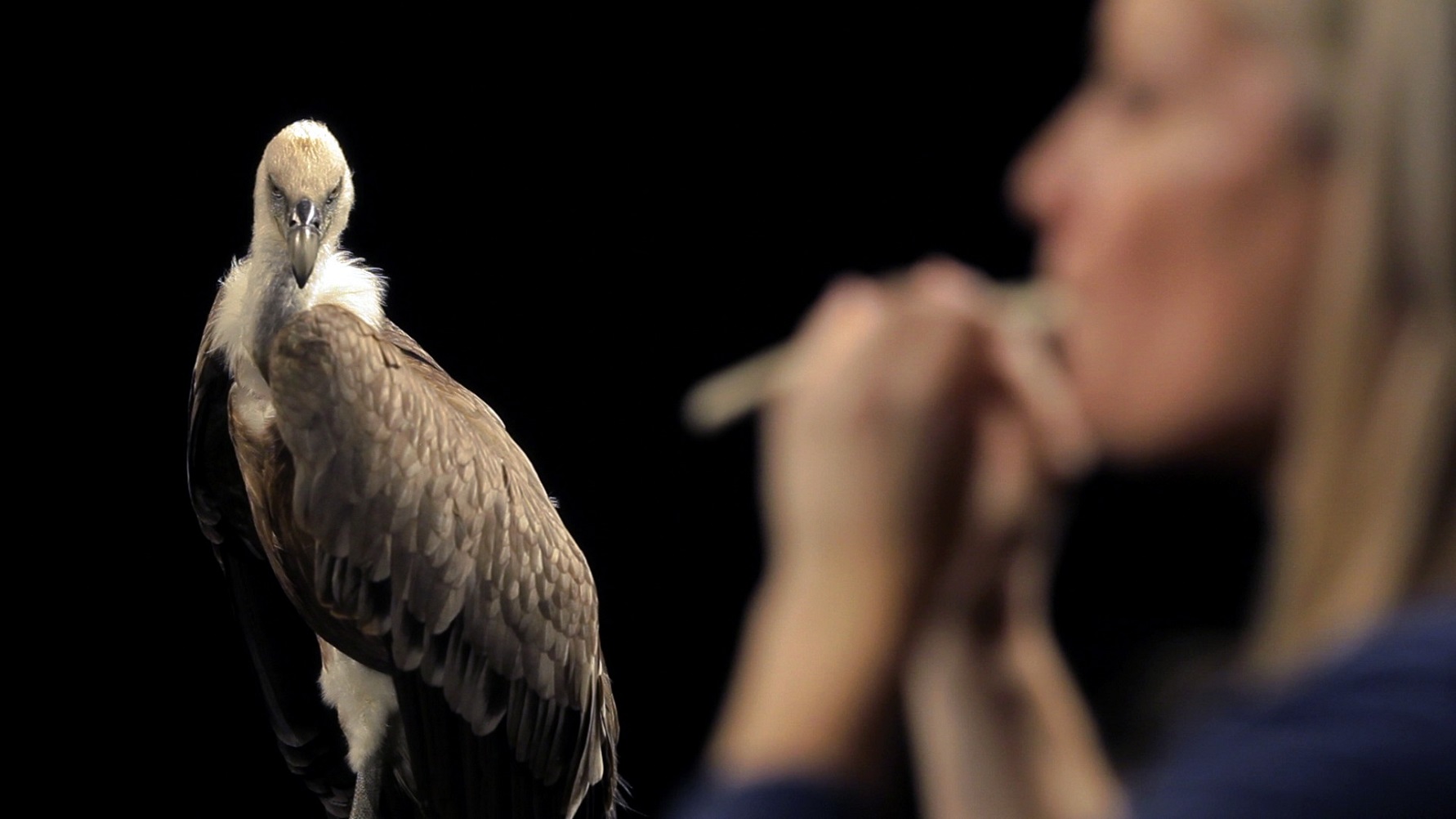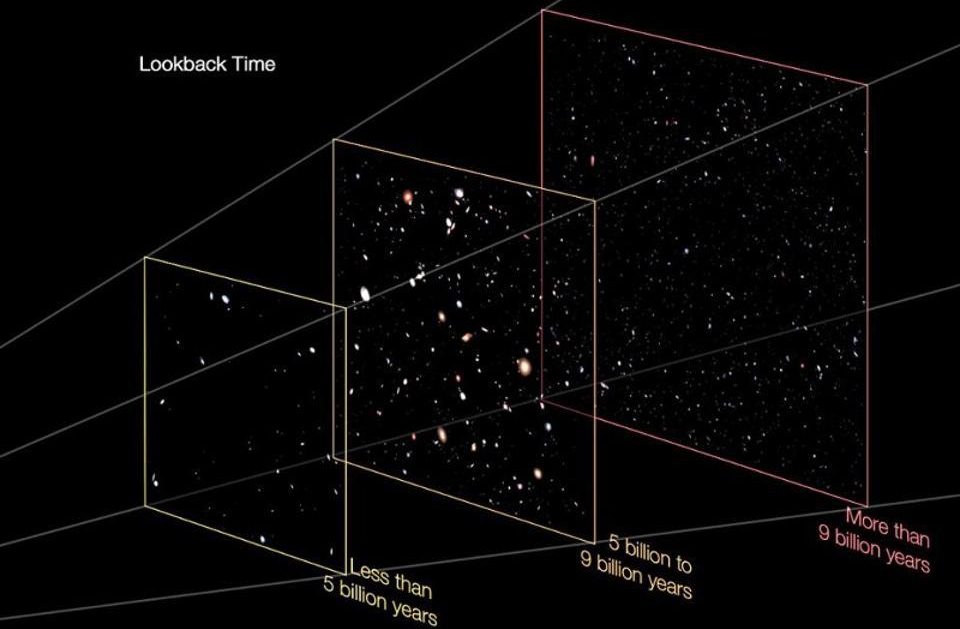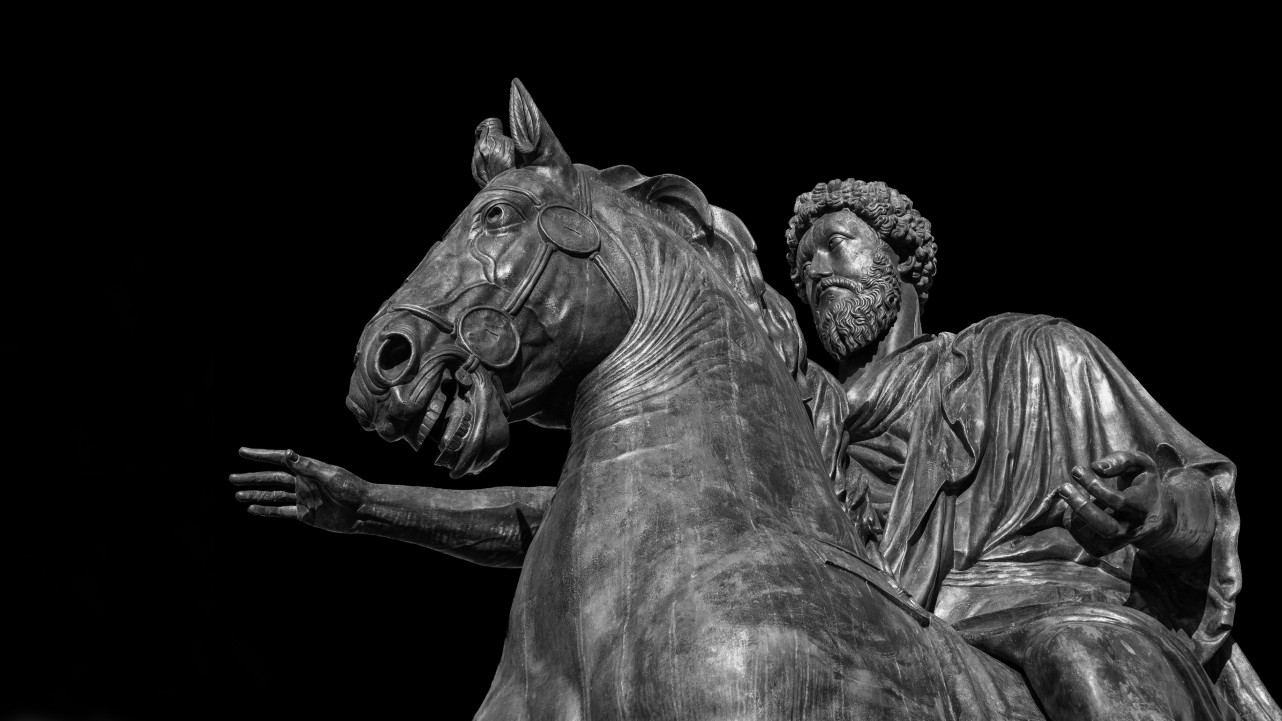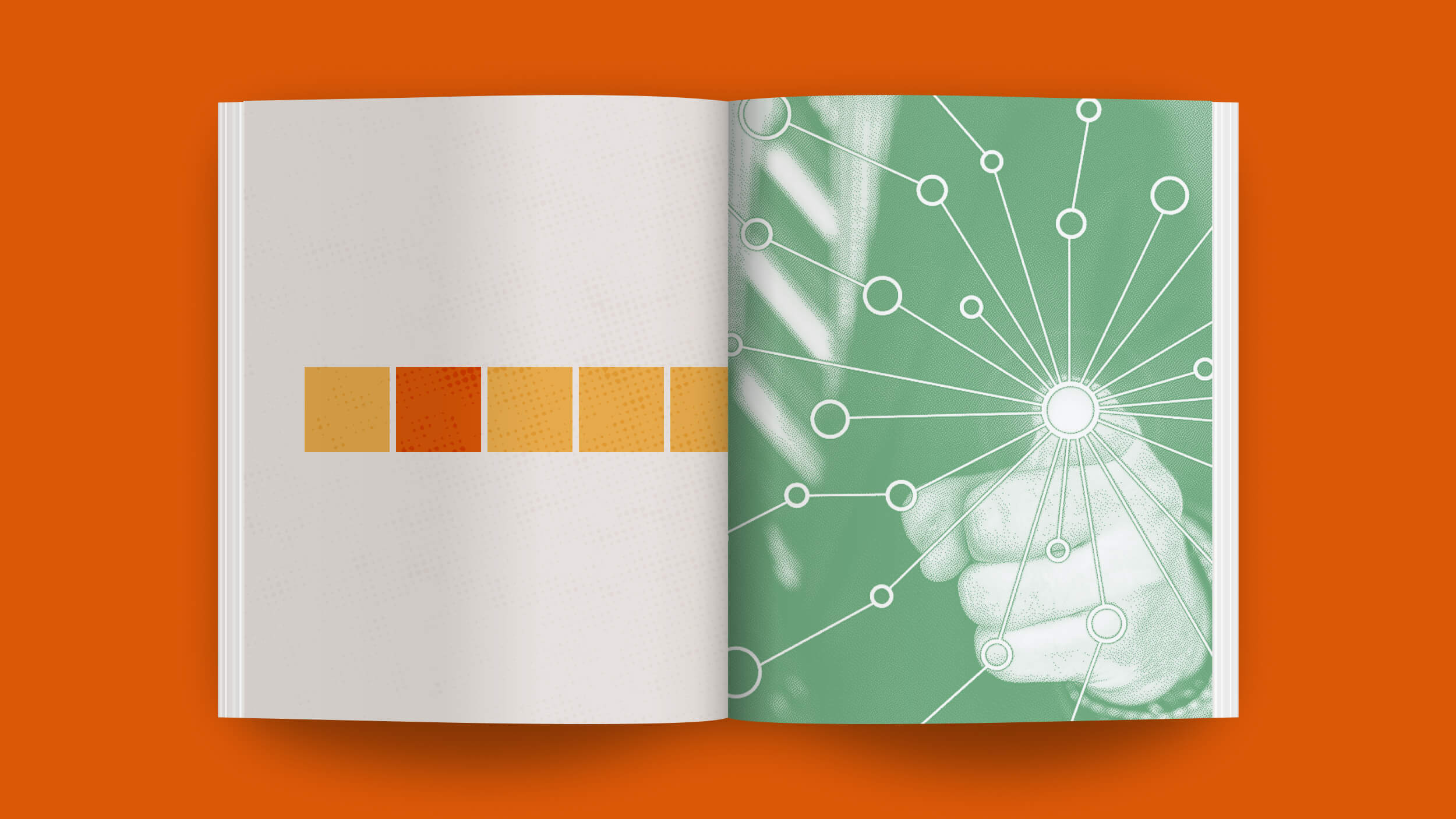Has the Venice Biennale’s World Been Turned Upside Down for Good?

When George Washington (with some help from the French) forced the surrender of Lord Cornwallis at the Battle of Yorktown to end the American Revolution in 1781, the British played a little ditty called “The World Turned Upside Down” at the surrender ceremony. At this year’s Venice Biennale, the world of national art exhibitions and competitions may be turned upside down for good thanks to a new revolution in anti-nationalism challenging the old system. Guillermo Calzadilla and Jennifer Allora’s Gloria, part of which (called “Track and Field”) features a tank turned upside down in an inversion of militant nationalism (shown above), belongs to the contingent representing the United States. Since 1895, the Venice Biennale has provided a forum for countries to compete in an arts Olympics, but will that tradition last much longer?
Calzadilla and Allora’s “Track and Field” tank exhibit in the larger suite of works called Gloria simultaneously comments on war and sports. After flipping the tank on its back, the pair decided to power the treads by placing an actual American track and field athlete in Olympian garb on a treadmill. (See the work in action here.) Indianapolis Museum of Art curator Lisa Freiman organized the American pavilion and suggested to Allora and Calzadilla to get political. “I would not have submitted this proposal when Bush was president,” Freiman admits. “With Barack Obama in office and Hillary Clinton in the department of State, it’s a very rare moment when a curator can present something that is a critique of established ideas of America.” Allora and Calzadilla hail from Puerto Rico, which is still clamoring for statehood, a detail that only adds to their outsider status.
In a similar non-nationalist move, Poland picked Israeli video artist Yael Bartana. Bartana lives in Amsterdam and Tel Aviv, but her Polish Trilogy about the history of Ashkenazi Jews in Europe earned her the right to be an honorary Pole. Ranjit Hoskote, organizer of India’s pavilion, says that “[t]he pavilions work well architecturally — you have these great spaces to work in. But to keep the model relevant today, when so many people have migrant or hybrid heritage, you have to think beyond national borders. You need a transnational imagination.” Such “transnationality” sounds a lot like no nationality at all.
As Australian artist Richard Bell pointed out when he decided the winner of the Sir John Sulman Prize, Australia’s most prestigious art prize since 1936, by tossing a coin onto a floor covered with artists’ names, art world competitions are fairly suspect operations. If the Venice Biennale celebrates art in a nation-based context, what happens when that context falls apart? Christian Marclay took this year’s top honors (the “Golden Lion”) for The Clock, a 24-hour film documenting every minute of the day using film clips featuring a clock or other chronometer in the background. (See a 5-minute sample here.) The Clock amuses with its obsessive quality (a 10-year quest to find the right clips) and the “Hey, that’s Pulp Fiction” angle, but it’s a tremendously safe choice—one that keeps the system intact and offends nobody. To me, the choice of The Clock feels like a desperate move by a disappearing empire.
One of the biggest newsmakers of the Venice Biennale has been Anish Kapoor‘s Ascension, a column of smoke rising from the floor to the vaulted ceiling of the Basilica di San Giorgio. Unfortunately, Kapoor’s minimalist work was too minimal, resembling a meager wisp of steam than an inspirational (and much more visible) smoky column. Kapoor’s contribution might be the perfect emblem for the Venice Biennale—a disappointing gesture that achieves something it didn’t mean to. This year’s Venice Biennale may go down as the beginning of the end of nationalism in art, something that may bring more people to contemporary art and more people together period.
[Image:Guillermo Calzadilla and Jennifer Allora. Gloria. 2011.]





